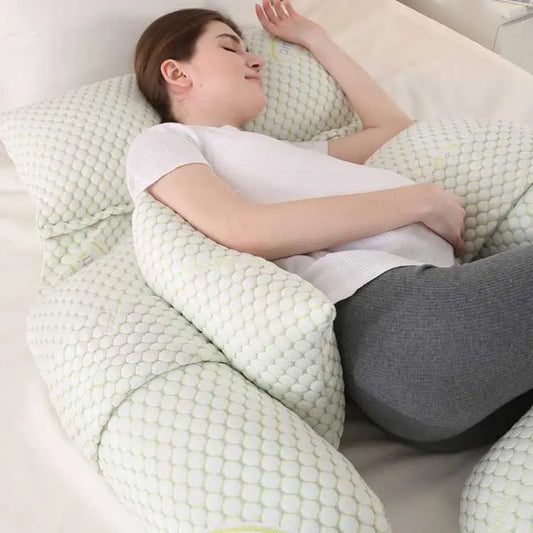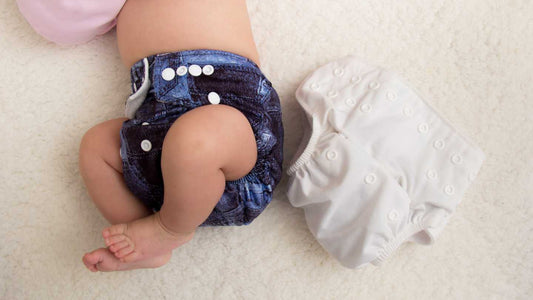The extrusion reflex is an important part of the human body that plays a significant role in regulating gastrointestinal activity. This reflex is activated when something in the stomach pushes against the lower gastrointestinal sphincter, sending a signal to the brain.
How is the extrusion reflex triggered?
The extrusion reflex is triggered by pressure on the lower sphincter, which closes the stomach outlet. This pressure can be caused by various factors, such as the fullness of the stomach or a blockage in the gastrointestinal tract.
How does the extrusion reflex work in the body?
When the extrusion reflex is activated, the brain sends a signal to the smooth muscles of the stomach to relax the gastric outlet. This allows the contents of the stomach to flow into the intestine. At the same time, digestion is stimulated to move the contents of the stomach forward as quickly as possible.
What function does the extrusion reflex have in the body?
The extrusion reflex plays an important role in the body by ensuring that stomach contents flow into the intestines regularly and without blockage. This prevents constipation or overfilling of the stomach and stimulates digestion.
When is the extrusion reflex disturbed?
The extrusion reflex can be disrupted if there is damage to the nervous system or disturbances in the function of the lower esophageal sphincter. This can lead to problems such as constipation, overfilling of the stomach, and digestive disorders.
What does this mean for newborns and babies?
If newborns or babies experience disturbances in the extrusion reflex, this can lead to digestive problems and thus to pain, discomfort, and in severe cases, even health risks. It is therefore important to consult a pediatrician if digestive problems occur to determine the cause and initiate appropriate treatment.
What treatment options are there?
There are various treatment options for extrusion reflex disorders in newborns and babies, which a pediatrician can recommend individually depending on the cause and severity of the disorder. Here are some possible treatment options:
-
Change in diet: In some cases, a change in diet, z.B. by switching to a diet rich in fiber, lead to an improvement in the extrusion reflex.
-
Physiotherapy: A special abdominal massage or other physiotherapy exercises can help restart the extrusion reflex.
-
Medication: In more severe cases, medication may be necessary to regulate the extrusion reflex.
It's important to note that each case must be considered individually, and only a pediatrician can recommend appropriate treatment. Therefore, it's important to consult a doctor immediately if digestive problems occur.
Are there any ways to prevent it?
Yes, there are some preventative measures that can help avoid extrusion reflex disorders in newborns and babies:
-
Balanced diet: A balanced diet with sufficient fiber and fluids can regulate the digestive tract and thus support the extrusion reflex.
-
Regular exercise: Regular exercise and physiotherapy exercises can strengthen the extrusion reflex and promote normal digestion.
-
Avoiding irritants: It is important to protect newborns and babies from irritants that can cause digestive problems, z.Bby avoiding certain foods or allergens.
Remember that each case must be considered individually and that preventive measures should always be taken in consultation with a pediatrician.





